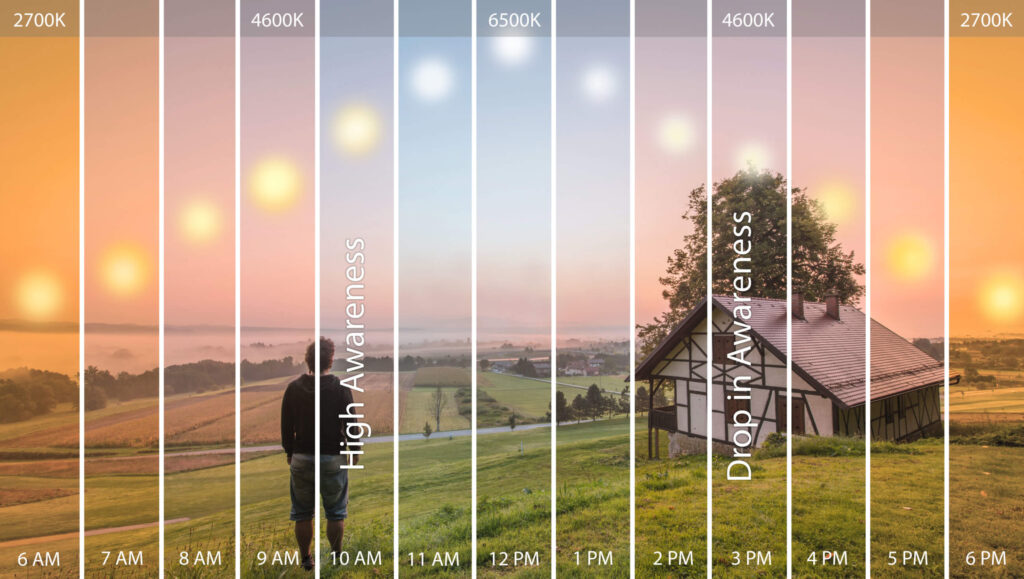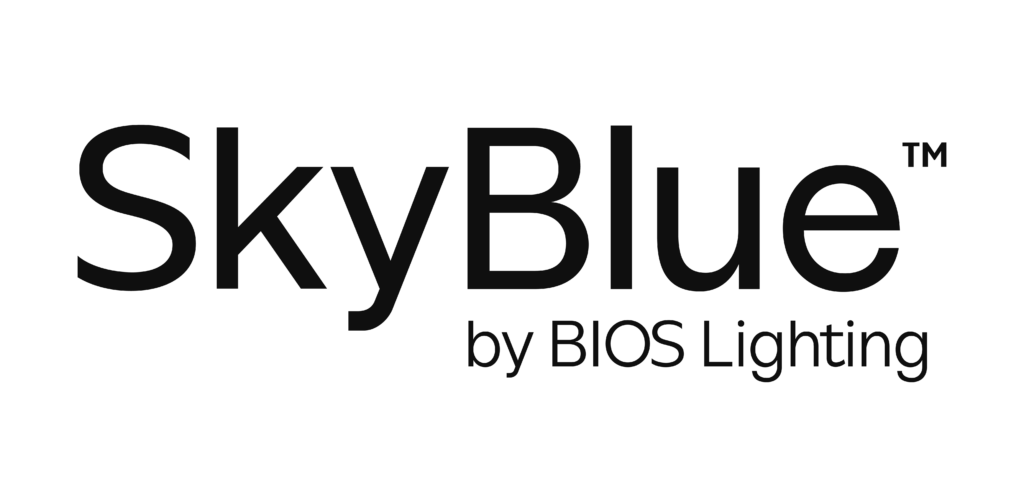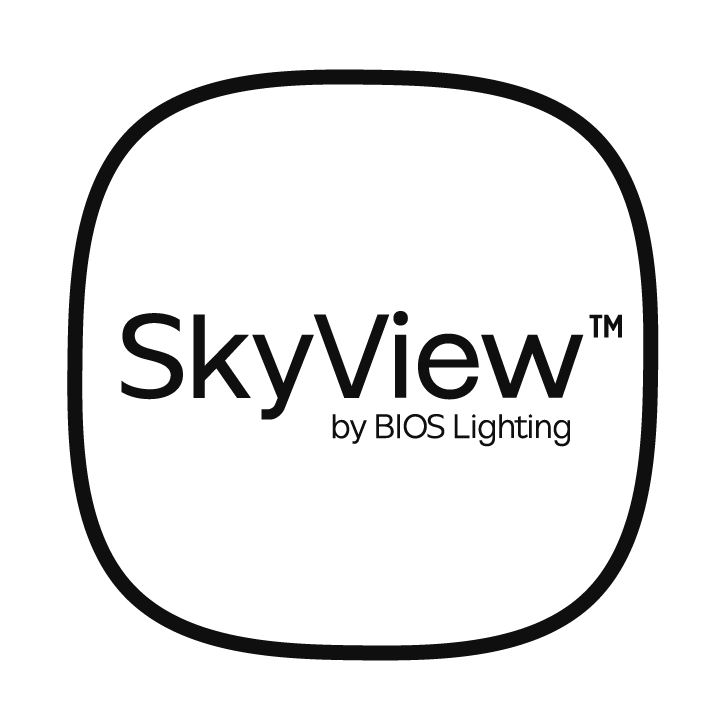What is Circadian Lighting?
Scientific advances have revealed that the human eye is not just an organ of sight. It also plays a pivotal role in regulating non-visual biological responses through specialized light-sensitive cells called intrinsically photosensitive retinal ganglion cells (ipRGCs) (Lucas et al. 2014). These cells are particularly sensitive to a narrow band of blue light centered around 490 nanometers—often referred to as “sky-blue.” This specific wavelength helps synchronize our biological clocks to the day-night cycle, influencing alertness, mood, hormone production, and sleep quality. Such biologically relevant lighting is changing how we think about building design (Soler and Voss 2021).
Circadian lighting, therefore, isn’t just about how a space looks—it’s about how it makes you feel, think, and function throughout the day.
Why is Circadian Lighting Necessary?
In today’s world, most people spend over 85% of their time indoors, exposed to artificial lighting that was not designed with biology in mind (Burns et al. 2022). Traditional lighting systems are engineered for visual acuity and energy efficiency, often providing light in the wrong spectrum or at the wrong time of day. This disrupts our body’s natural rhythms and can lead to a host of issues, including poor sleep, daytime fatigue, mood disturbances, impaired focus, and even metabolic disorders over time (Walker, et al. 2020; Fishbein et al. 2021).
For thousands of years, human biology evolved in sync with the sun’s natural rise and fall. Morning sunlight signals the start of the day, boosting alertness and cortisol levels, while the warm, dimming light at sunset prepares the body for sleep by triggering melatonin release. Indoor lighting, however, often fails to replicate these cues. Instead, we’re exposed to low-quality light during the day and excessive blue light at night—confusing our internal clocks.
Circadian lighting restores this natural light rhythm indoors by delivering biologically meaningful signals at the right times. In offices, this can translate to increased productivity and reduced burnout (Viola et al. 2008; Grant et al. 2023). In schools, it enhances student alertness and academic performance (Heschong 1999). In hospitals and care facilities, it can aid in recovery and improve patient sleep cycles (West et al. 2019).
Will Color Tuning Work for Circadian Lighting?
While color tuning—adjusting the hue and intensity of light throughout the day—is often marketed as circadian lighting, it’s not biologically effective. That’s because most tunable lighting systems use standard white LEDs, which were designed for vision and energy efficiency, not biology. These LEDs typically lack the specific wavelength (490nm, or “sky-blue”) that activates melanopsin, the photopigment in our eyes responsible for circadian signaling. Without this signal, color-tuned lighting may look dynamic but fails to support the body’s internal clock. True circadian lighting goes beyond visual aesthetics to deliver biologically meaningful light.
For a deeper discussion of color tuning, read “Color Tuning Versus True Circadian Lighting for Improved Health”
How does Circadian Lighting Work?
True circadian lighting systems are built to deliver high levels of melanopic light (m-EDI) during the day and low levels at night. This involves using LED technology that emits peak wavelengths at or near 490nm—the specific range needed to activate the melanopsin receptors in the eye. These receptors send signals to the brain’s suprachiasmatic nucleus (SCN), which acts as the master clock for the entire body (Blume et al. 2019).
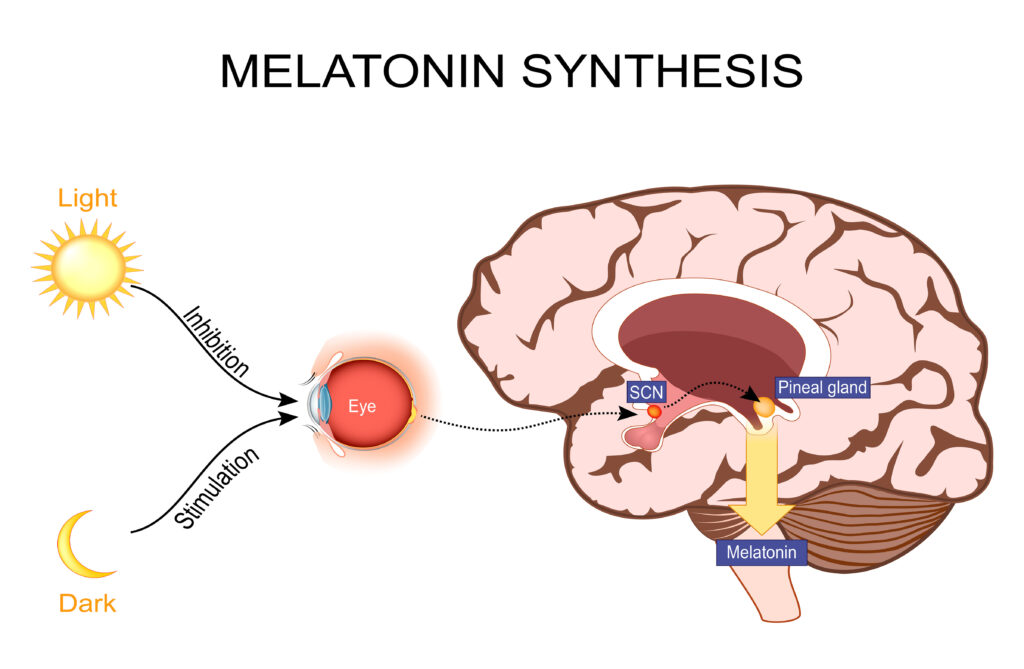
When exposed to sky-blue light in the morning and early afternoon, the SCN cues the body to ramp up alertness, suppress melatonin, and align core physiological processes with the external environment. This cascade improves focus, mental performance, mood, and energy levels. As the day winds down, exposure to blue light should decrease, allowing melatonin production to rise and preparing the body for sleep.
True circadian lighting mimics this biological pattern through intelligent design and spectral control—not just color adjustments. The result is an indoor environment that supports long-term wellness, productivity, and sleep quality.
Why Choose BIOS SkyView™ Circadian Lighting?
BIOS Human-centric Lighting has set the gold standard in biologically optimized lighting through its SkyBlue™ and SkyView™ technologies. Founded by former NASA scientists who developed lighting systems for astronauts on the International Space Station, BIOS brings space-age science to Earth-bound environments like offices, schools, hospitals, and homes.
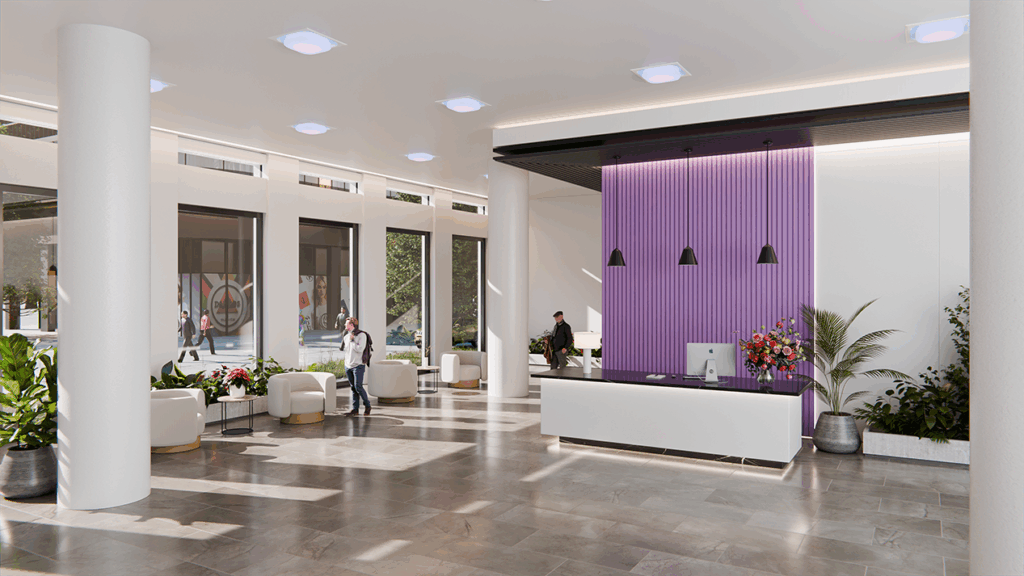
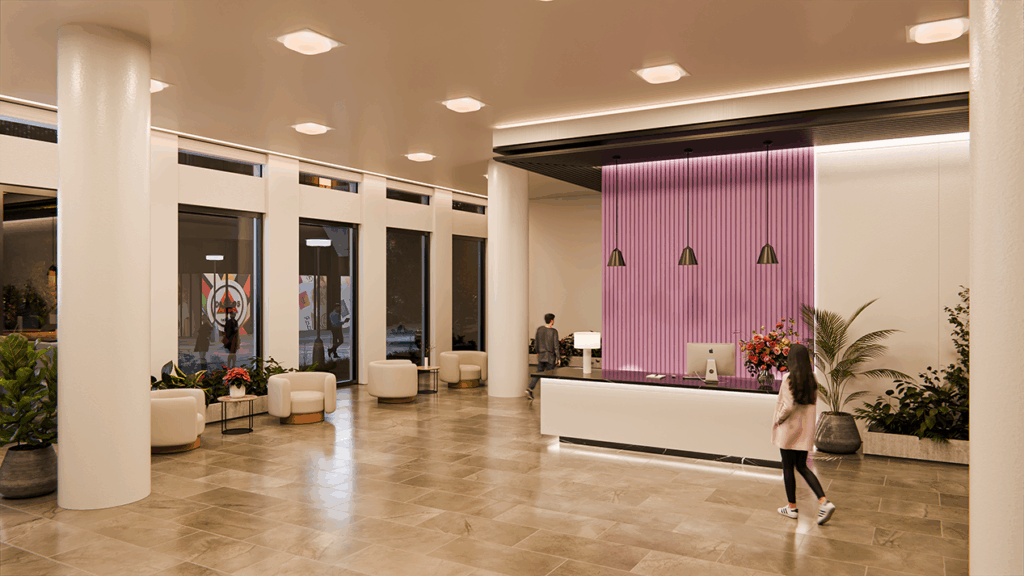
Unlike other tunable white systems, BIOS SkyView™ lighting is engineered specifically for circadian effectiveness with natural feeling light of a ‘blue sky day’. It uses a patented technology for spatially blending the melanopic rich sky-blue spectral peak with warmer CCT light to ensure maximum stimulation of melanopsin during the day without glare. In the evening, the high melanopic light can be reduced to create a circadian-friendly, but still alerting lighting environment for late work, or dimmed down for nighttime relaxation. This means your lighting is not just beautiful—it’s physiologically aligned with how humans are meant to function.
BIOS Circadian Lighting Systems Deliver the Following Benefits:
- Enhanced Productivity: by improving daytime alertness and focus.
- Better Sleep: through proper stimulation and suppression of melatonin.
- Improved Mood: by reducing the biological stress caused by poor lighting.
- Biologically Tuned Design: developed from cutting-edge research in human physiology and space science.
SkyView™ fixtures also integrate seamlessly into modern spaces, offering aesthetic flexibility without compromising on biological impact. Whether you’re designing a workplace, classroom, hospital ward, or senior living center, BIOS provides a health-forward lighting solution that’s grounded in real science.
In an era when wellness is central to design, choosing BIOS circadian lighting means putting people’s health first. It’s more than illumination—it’s light that works with you, not against you.
References
Blume C, Garbazza C, Spitschan M. Effects of light on human circadian rhythms, sleep and mood. Somnologie. 2019 Sep;23(3):147-56.
Burns AC, Windred DP, Rutter MK, Olivier P, Vetter C, Saxena R, Lane JM, Phillips AJ, Cain SW. Low daytime light and bright night-time light are associated with psychiatric disorders: an objective light study in> 85,000 UK Biobank participants. medRxiv. 2022 Oct 17:2022-10.
Grant LK, Crosthwaite PC, Mayer MD, Wang W, Stickgold R, St. Hilaire MA, Lockley SW, Rahman SA. Supplementation of ambient lighting with a task lamp improves daytime alertness and cognitive performance in sleep-restricted individuals. Sleep. 2023 Aug 1;46(8):zsad096.
Heschong L. Daylighting in Schools: An Investigation into the Relationship between Daylighting and Human Performance. 1999. Detailed Report.
Lucas RJ, Peirson SN, Berson DM, Brown TM, Cooper HM, Czeisler CA, Figueiro MG, Gamlin PD, Lockley SW, O’Hagan JB, Price LL. Measuring and using light in the melanopsin age. Trends in neurosciences. 2014 Jan 1;37(1):1-9.
Soler R, Voss E. Biologically relevant lighting: An industry perspective. Frontiers in Neuroscience. 2021 Jun 7;15:637221.
Viola AU, James LM, Schlangen LJ, Dijk DJ. Blue-enriched white light in the workplace improves self-reported alertness, performance and sleep quality. Scandinavian journal of work, environment & health. 2008 Aug 1:297-306.
Walker WH, Walton JC, DeVries AC, Nelson RJ. Circadian rhythm disruption and mental health. Translational psychiatry. 2020 Jan 23;10(1):28.
West A, Simonsen SA, Jennum P, et al. An exploratory investigation of the effect of naturalistic light on fatigue and subjective sleep quality in stroke patients admitted for rehabilitation: A randomized controlled trial. NeuroRehabilitation. 2019;45(2):187-200. doi:10.3233/NRE-192752

